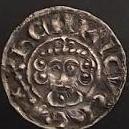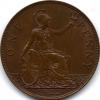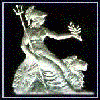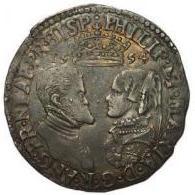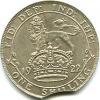Bear in mind that the mint produced coins to satisfy the demand (orders) from the banking system and no one else. The clearing banks therefore hold the key to the issues for this or any other year. There was no apparent shortage of farthings or halfpennies, both of which were issued in plentiful numbers, so assuming there is a query surrounding the 1926 issues, what used pennies to the exclusion of the other base denominations?
One possibility is that there may have been localised shortages due to support for the strike. This would be more likely to affect single industry towns where strike action would disproportionately affect the local economy. Cities would be protected to some extent by their diversity.
Generally, less money would be spent in pubs or shops, and less subsequently paid into bank accounts. The strike ensured that wages were stopped for many families, restricting the disbursement of change. Savings, however modest, would be drawn down in the absence of any other sources of funding, again putting a strain of bank stocks. At the end of the day, a bank will ascertain stock levels of each denomination and order supplies accordingly. If a fixed amount of pennies was the accepted level to hold, then it would take little disruption to the local economy to change demand. Without a fixed end date to the strike, it would be prudent to ensure future liquidity by local banks asking for and holding higher stocks to counteract any supply side problems, or maybe the Government leaning on them to ensure that the economy was adequately provided for and so appear unimpaired by the strike.
I think the economy in 1926 provides the solution to the variety of types issued and the various die combinations, with the General Strike likely responsible for a temporary shortage of pennies, leading to the first coinage dies being used with the introduction of the ME dies a response to increased demand.
 Coinpublications.com
Coinpublications.com


